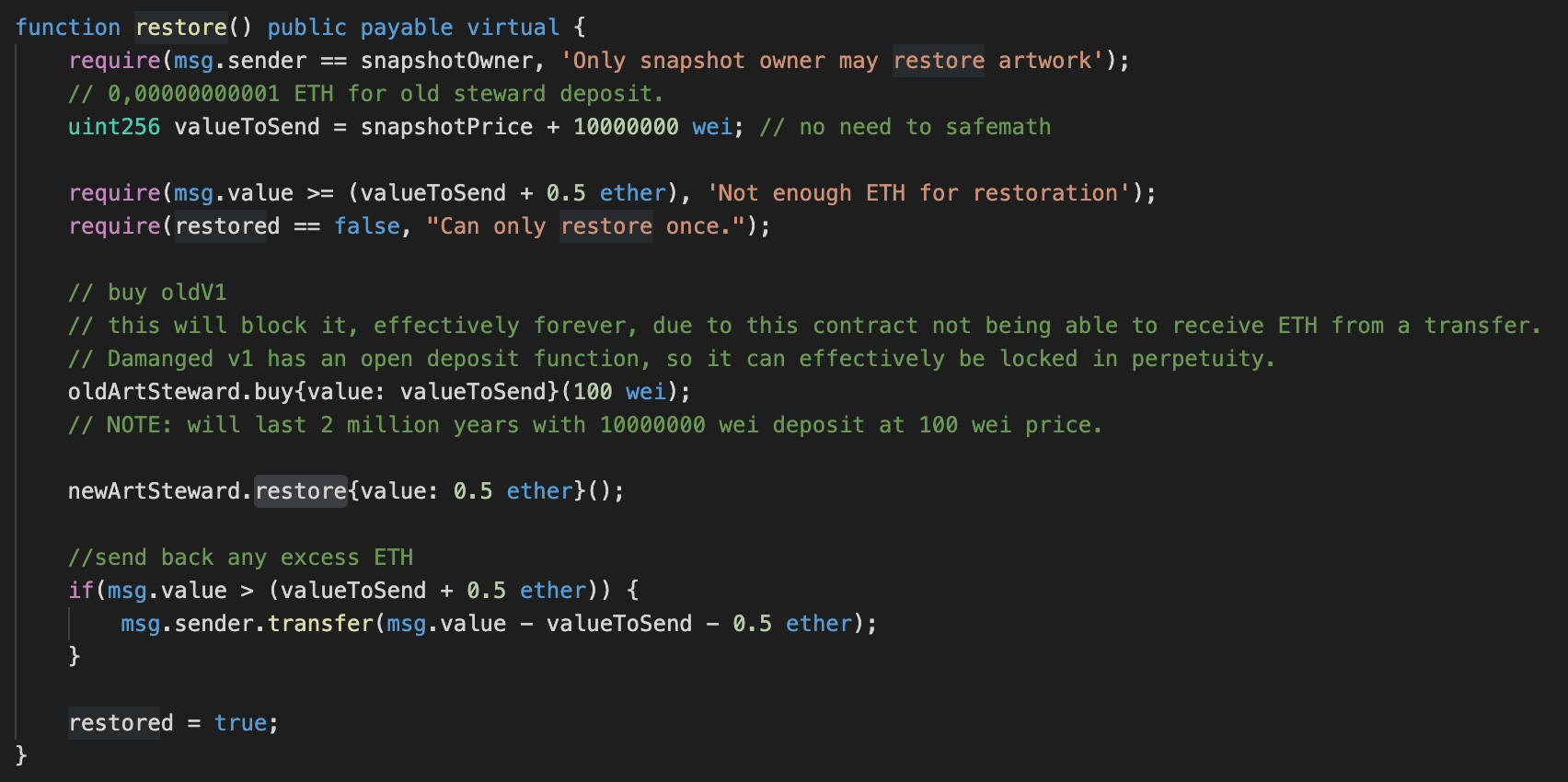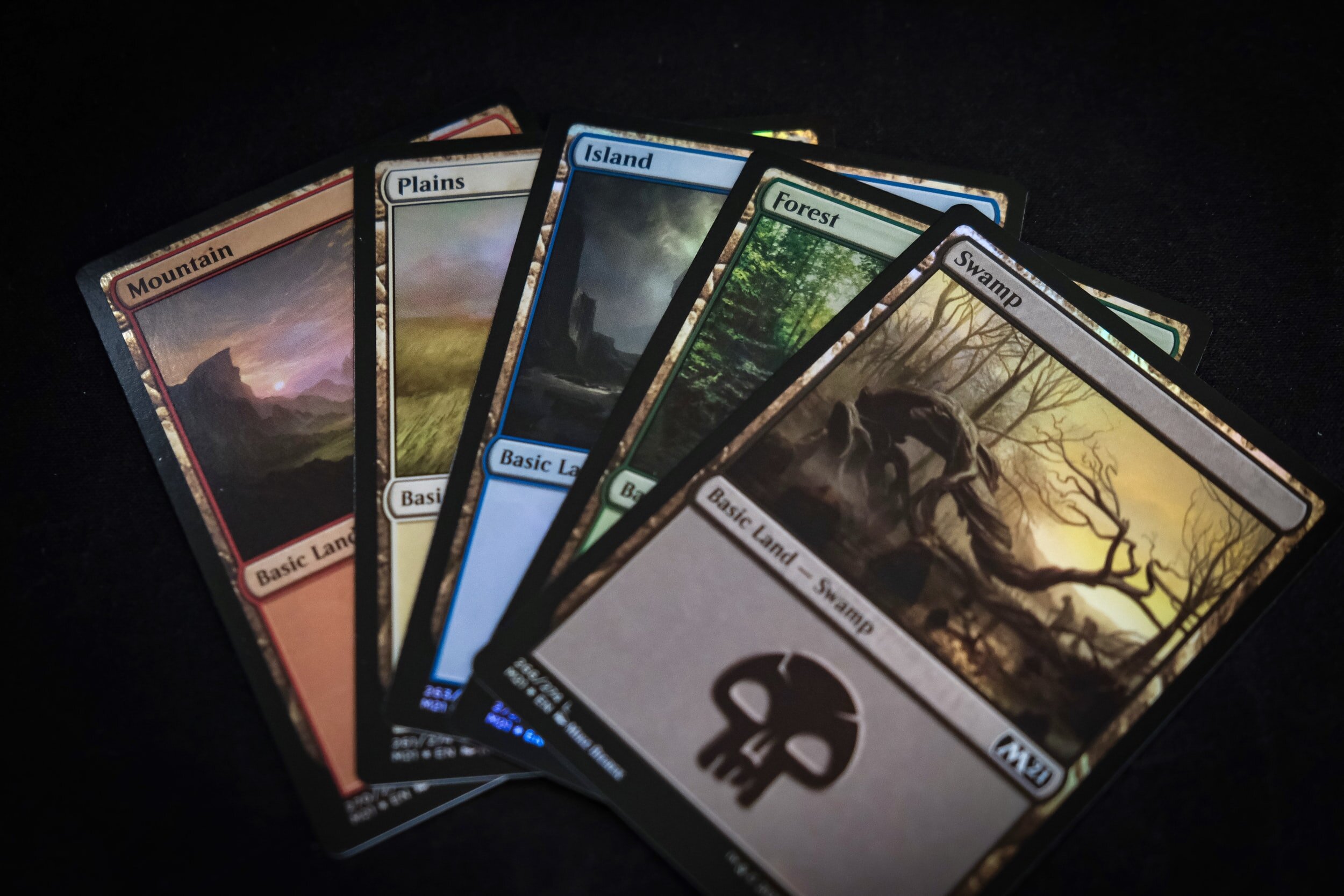Building Expansive NFT Universes: CC0, Fidelity, & On-Chain Bundling
NFT creative universes are undergoing an exciting phase of wild experimentation: emphasising free IP, new economics, and remixing. As these universes develop, there’s three key components that can help foster success: permissive licensing, low fidelity + metadata, and on-chain bundling.
The Signature: Exploring Time & Provenance in NFT Art.
“The Signature” is a conceptual art project that explores the importance of the provenance of an artwork in relation to it being used as an NFT.
Decentralized Autonomous Artists
On Oct 24, 2021, Botto, a “decentralized autonomous artist” sold its first work for ~$325,000 (79.421 ETH). Slowly, but surely, all the requisite components have matured for crypto-based autonomous artists to take center stage. We now have broader adoption in crypto, NFTs, DeFi, DAOs, GPT-3, Generative Art, & GANs. There are a handful of projects exploring this intersection, and they surely won’t be the last. Let’s delve into what they are, and what could likely happen. I’ll cover early explorations (Plantoid, AI ArtDAOs, Artonomous, Clovers) to current projects like Neolastics, Abraham, NounsDAO, & Botto.
Top-Down vs Bottom-Up Fiction Using NFTs
A good story makes you feel something. Having ownership over the story makes those emotions stronger. Telling fiction with NFTs can be a powerful way to tell stories: both old and new. Projects have been exploring this intersection the past few months. There is a tendency, however, for projects to take a more top-down approach while NFTs can & should explore bottom-up storytelling as a new medium. Top-down fiction is what’s being told to us. It’s when you go watch Star Wars in the cinema or play a new role-playing game from Bethesda. Bottom-Up fiction is what we invent stories about the fictional world on our own. It’s when you’ve bought the lightsaber and you are running around in your yard making fuzzy whoosh noises, force throwing tennis balls at your dog. It’s when you roleplay in World of Warcraft at the local tavern outside Stormwind. In this article, I want to share what this looks like in practice with NFTs and where I see this going into the future.
Exploring NFT Economies: Creators, Collectors, & Collection Sizes.
With NFTs blowing up, there's been quite broad experimentation regarding pricing, sales, auction formats, and collection sizes. What an NFT is supposed to represent (from art to virtual real estate) can be quite broad, but regardless of that there still exists interesting tensions between the creators, collectors, and the size of collections. These tensions aren’t new. I can bet that the trad art world, trading card game designers, sneaker designers, and many in-between have given these questions some considerable consideration before. What’s new with NFTs is that 1) the asset lives on the same substrate as where the auction/sale occurs, and 2) we have native, beautiful, open source data to dissect. While I have written before about collection sizes (and designed a new implementation using bonding curves), I want to delve a bit further into these tensions: the creator vs the collector, and collection sizes.
The Story of Restoring A Digital Artwork That Is Always On Sale
Art restoration & conservation is a natural part of the lifecycle of physical art. In some cases, like in Japanese Kintsugi, the repair of an object is made visible, and is seen as desirable. What happens in the case of a digital artwork NFT? Or, perhaps, even more complicated: what happens in the even that it is also an artwork that is always on sale? Due to damage in the first artwork that is always on sale, along with the help of the patron, I restored it.
Exploring NFT Expansion Packs
One of the interesting components about NFTs-as-media is that most of them can be programmed. This opens up the possibility of adding additional features (new visuals or functionality) to them in the form of expansion packs. This can either be officially licensed, or in the case of permissible licensing (creative commons), be freely remixed and played with by community members. I want to explore what expansion packs could look like.
Exploring NFT Collectibles for Authors
A key thesis, substantiated by many others in the industry, is that digital collectibles, through non-fungible tokens (NFTs), can reinvent the creative economy. It’s subverting the creative work: make it as accessible as possible and sell digital collectibles related to the creative work. Thus: instead of trying to restrain or restrict creative works, it’s more valuable if it’s more freely available and accessible. It’s a holy grail for content. I chose to experiment with this for stories.
Maximising Blockchain Collectible Economies
What is the optimal size for a blockchain collectible (NFT) economy? How many unique items should be in a collection? How does one maximise the value of this economy? These are very interesting questions, because there's a trade-off between scarcity of a collectible economy & its inclusivity (allowing users to participate through ownership of a collectible). Currently, many projects in the space simply thumb-suck the size of their economies or employ unproven generation of new collectibles. The projects either generated too much or too little.








